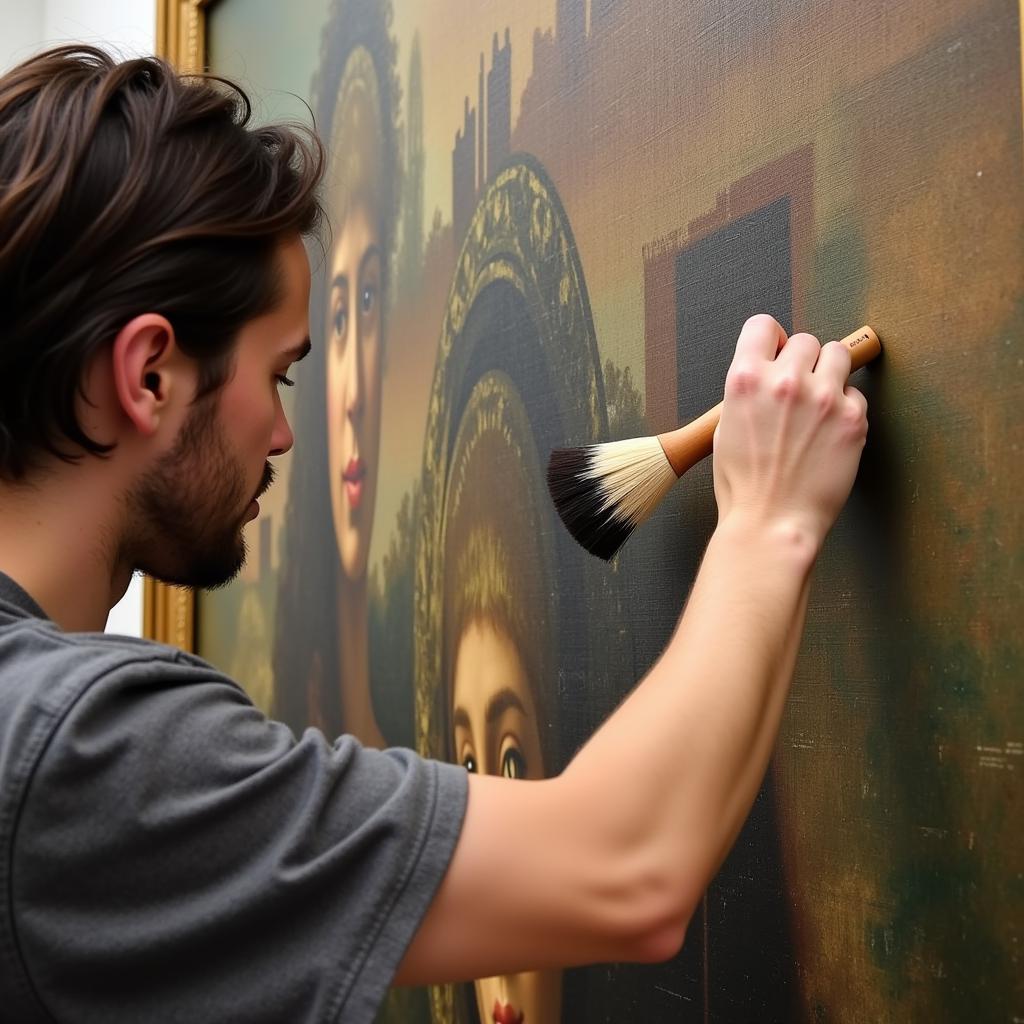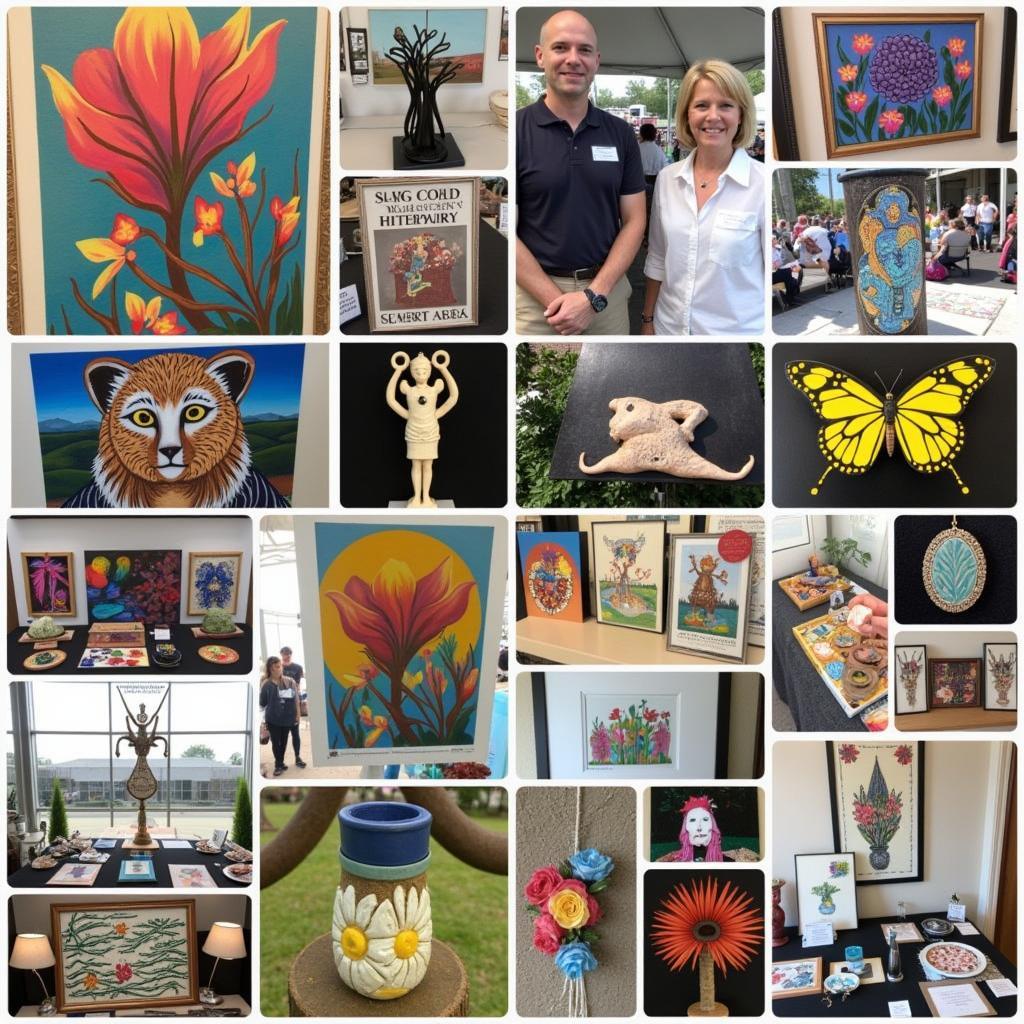Exploring the Depth and Beauty of Black and Brown Art
Black And Brown Art stands as a powerful testament to the resilience, creativity, and cultural richness of historically marginalized communities. Far from a monolithic entity, it encompasses a vast spectrum of artistic expressions, each with its unique narrative and visual language. This exploration delves into the significance of black and brown art, highlighting its historical context, key figures, and enduring influence on the contemporary art scene.
Unveiling Histories: The Significance of Representation
Black and brown art has always served as a potent form of resistance and self-definition. For centuries, artists of color have utilized their craft to challenge dominant narratives, celebrate their heritage, and reclaim their agency. Through a myriad of mediums, from painting and sculpture to photography and digital art, these creators have forged a visual language that speaks truth to power and amplifies the experiences of their communities.
Beyond the Palette: Understanding Key Themes and Movements
Black and brown art cannot be confined to a singular aesthetic or thematic approach. It encompasses a vast range of artistic movements and styles, constantly evolving and pushing creative boundaries. From the Harlem Renaissance’s celebration of Black identity and culture to the Chicano Art Movement’s focus on social justice and political activism, these movements have not only shaped the artistic landscape but also ignited crucial conversations about race, representation, and equality.
Celebrating Pioneers: Influential Figures in Black and Brown Art
Throughout history, countless artists of color have left an indelible mark on the art world, challenging conventions and paving the way for future generations. Their contributions extend far beyond artistic mastery, serving as catalysts for social change and cultural understanding.
- Augusta Savage (1892-1962): A sculptor and prominent figure during the Harlem Renaissance, Savage’s powerful works often depicted the beauty and dignity of Black life.
- Frida Kahlo (1907-1954): A Mexican painter known for her deeply personal and symbolic self-portraits, Kahlo explored themes of identity, gender, and the female experience.
- Jean-Michel Basquiat (1960-1988): An American artist renowned for his neo-expressionist paintings, Basquiat’s raw and vibrant works addressed issues of race, class, and social injustice.
These are just a few examples of the many trailblazers who have shaped the narrative of black and brown art. Their legacies continue to inspire artists and art enthusiasts alike, fostering dialogue and challenging perspectives.
A Global Tapestry: Black and Brown Art in a Contemporary Context
The influence of black and brown art continues to resonate powerfully in the contemporary art world. From galleries and museums to online platforms and street art, artists of color are pushing creative boundaries and challenging traditional notions of art making. The digital age, in particular, has provided new avenues for artistic expression and global connection, allowing artists to share their stories and perspectives with a wider audience than ever before.
Continuing the Conversation: Engaging with Black and Brown Art
Engaging with black and brown art is an ongoing journey of discovery and appreciation. It requires a willingness to listen to diverse voices, challenge our own biases, and broaden our understanding of the world around us. By supporting artists of color, attending exhibitions, and incorporating these rich artistic traditions into our lives, we contribute to a more inclusive and equitable art world.
Conclusion
Black and brown art stands as a powerful force in the global art scene, offering a unique lens through which to view history, culture, and the human experience. As we continue to explore its depth and diversity, we open ourselves to new perspectives, challenge existing narratives, and celebrate the transformative power of art.




